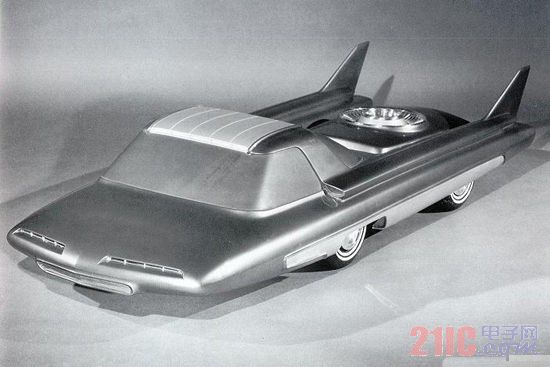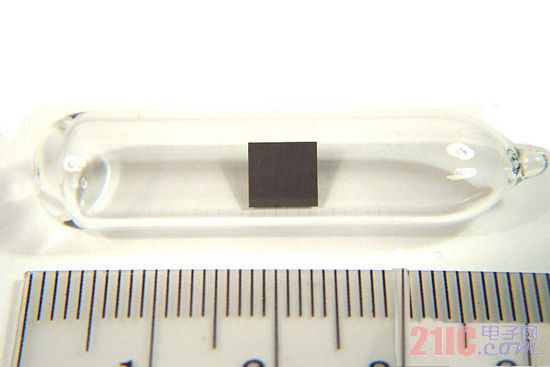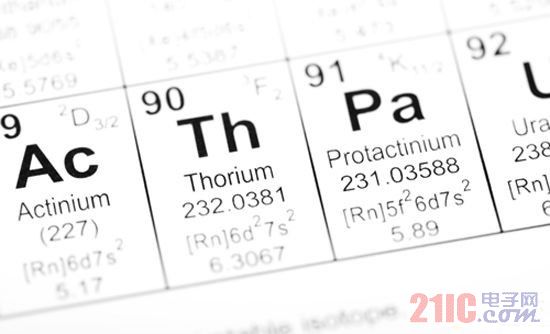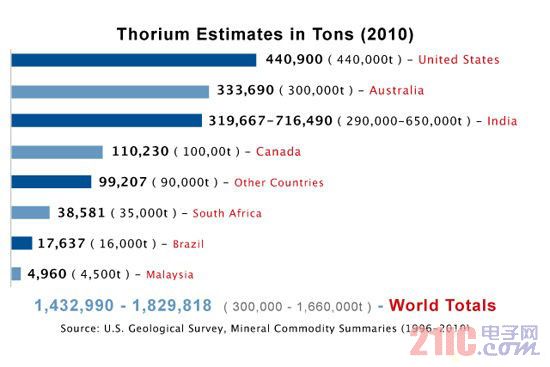There is such a car, 1000000 kilometers do not have to refuel, do not need to add any fuel, such a car, do you want to open? Then, if you heard that the car is nuclear power, do you still want to open it? In fact, as early as the 1950s, during the historical period when the United States and the Soviet Union launched the space competition, nuclear power vehicles had been put on the research agenda by scientists. Only in the 21st century, human control over nuclear technology has gone far beyond 50 years ago.
This article refers to the address: http://
In 1958, Ford designed a scale model car called Nucleon to verify that the automotive industry can be driven by nuclear power and to test how the nuclear reactor changes the shape of the body. The results are all visible to the nuclear reactor. The volume occupies half of the body space, and the vehicle has almost no practicality.

Ford Nucleon
The Ford Nucleon reactor is a reflection of uranium fission, similar to the working principle of a nuclear submarine. The resulting steam is used to drive two steam turbines, one for driving the wheels directly and one for generating electricity. However, the characteristics of uranium make it impossible to enter the homes of ordinary people. Who would not want to park a "mobile nuclear bomb" at the door?

Ford Nucleon
At the thought of nuclear power, the recent Fukushima nuclear power plant incident caused by the tsunami disaster in Japan even brought us tremendous psychological pressure, not to mention the day when I drove a car carrying a nuclear reactor. However, the determination of human safety to use nuclear energy will not be reduced. "Thorium" is considered to be the most suitable nuclear fuel for vehicles. The radioactivity of thorium is very weak, and laser can be used for reaction control. The energy that 1 gram can stimulate is equivalent to the energy contained in 28390 liters of gasoline.

é’ element
Sounds promising? In fact, Laser Power Systems, based in Connecticut, USA, is already working on prototypes. Adding 8 grams of base metal to a car, you can refuel without refueling the vehicle. How about it?
The control of the helium reactor also looks much simpler than that of a conventional nuclear power plant. The high-energy laser heats the base metal and excites the atomic energy to a critical temperature that can spontaneously generate heat. The heat generated can then heat the water to generate steam for driving. Small turbines, and thus generate electricity, are almost identical to the principle of nuclear power generation, except that the scale and power generation are much smaller.
With electricity, there is no suspense in the rest of the work, just a simple EV. A generator that works forever means that the vehicle can be driven forward by the inexhaustible "battery." Some people may think that such a complicated system must be very cumbersome. According to the company's CEO, the whole system can be controlled at 500 lbs, or 226 kg, which is completely within the vehicle's carrying capacity.

Helium is safer than unstable uranium, which emits only alpha rays, and these radiation levels are so low that they do not penetrate human skin at all. So an on-board reactor that uses helium as a power source requires only three feet of stainless steel to fully suppress the radiation.
And the difficulty of converting elementary elements into weapon-grade nuclear materials is extremely large, so there is almost no panic in the hands of terrorists.
The reserves in the world are also very impressive. In the United States alone, there are 440,900 tons of proven reserves, and Australia is also more than 300,000 tons. So once the use of antimony is mass-produced, what will be used as a substitute energy? What kind of new energy is huge?

The world's proven reserves ranking
Having said so much, any technology has two sides, let's talk about it. The first is that the reactor needs to be sufficiently miniaturized to meet the needs of the vehicle. Considering that the reactor requires a steam turbine, a generator, a large amount of closed circulating water, etc., it is possible to realize power generation work, and the difficulty of miniaturization and weight reduction is conceivable.
Secondly, helium is very stable when working at critical temperatures, but it takes at least 30 seconds to generate enough steam and energy to drive the vehicle during cold start. It is not suitable for rapid response.
The prototype car that uses the power is getting closer and closer to us, but it doesn't mean that the new technology of the power is just overwhelming. Human fear will be the key to overcome. What are your expectations and thoughts about the "nuclear power" car? Welcome everyone to communicate with the posts!
SBD is an abbreviation for Schottky Barrier Diode (abbreviated as SBD). SBD is not fabricated by the principle of forming a PN junction by contacting a P-type semiconductor with an N-type semiconductor, but by a metal-semiconductor junction principle formed by metal-to-semiconductor contact. Therefore, SBD is also called a metal-semiconductor (contact) diode or a surface barrier diode, which is a hot carrier diode.
Schottky Barrier Diode,Schottky Diode,Power Schottky Diode,Schottky Diode Rectifier
Dongguan Agertech Technology Co., Ltd. , https://www.agertechcomponents.com
